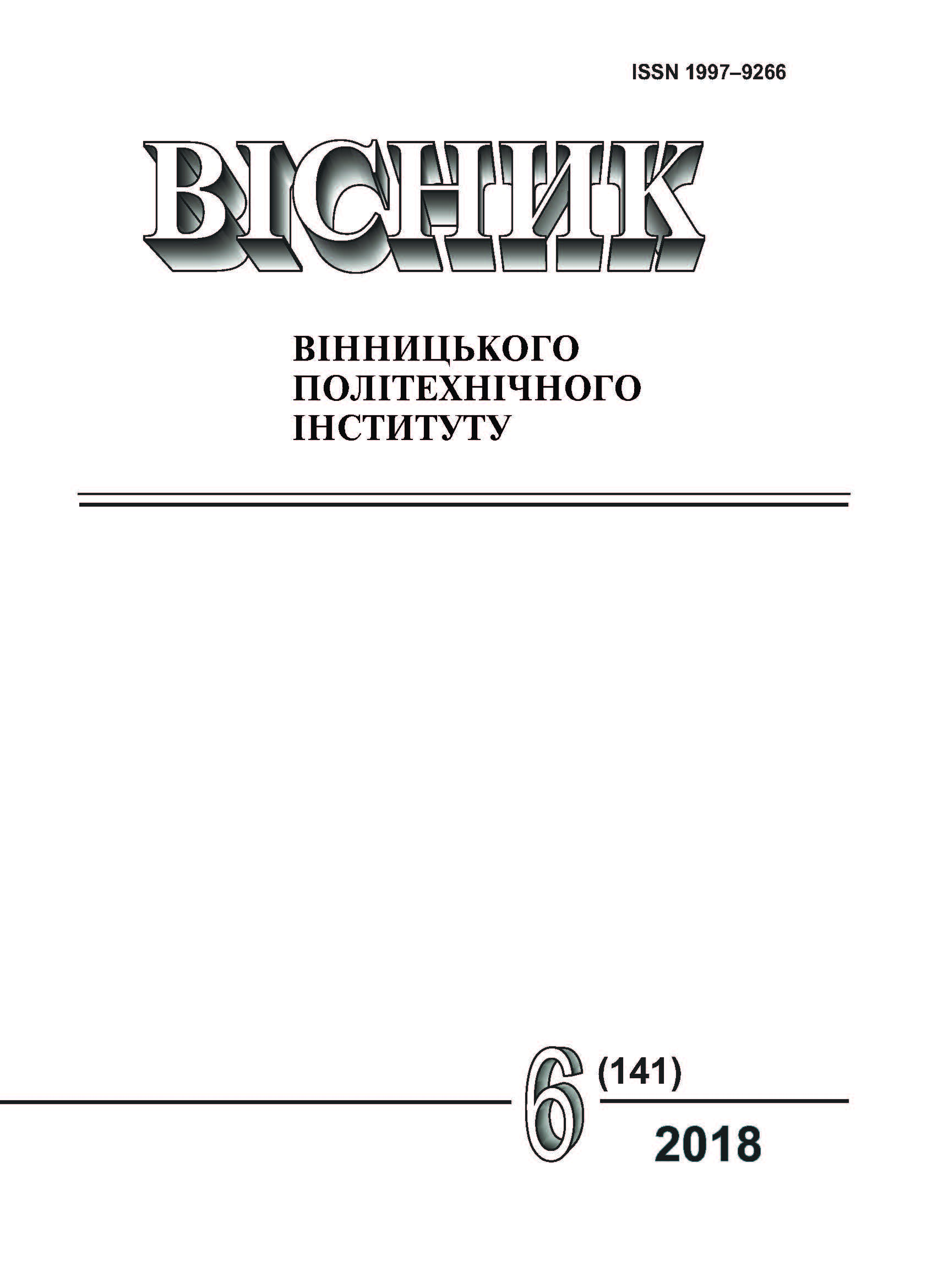The Influence of the Base Scheme in the First Operation on the Value of the Allowance for Boring Holes in the Blanks of Body Parts on Tuned Machines
DOI:
https://doi.org/10.31649/1997-9266-2018-141-6-95-103Keywords:
technological process, machining, body part, hole boring, base scheme, first operation, allowanceAbstract
Three variants of the scheme of basing the body part billet on the first machining operation are considered. The first two options solve the problem of providing dimensional communication between treated and untreated surfaces; the third option is the task of removing the minimum uniform allowance from the surface of the main hole.
The aim of the work is to identify the influence of the base scheme in the first operation of the technological process of machining a batch of body parts on a tuned machine on the quantitative values of allowances for the main hole boring. The studies were carried out on the example of machining a workpiece of a part of the "Bearing housing" type under mass production conditions. To determine the allowances, the calculation and analytical method proposed by Professor V. M. Kovan was used. For the three variants of basing schemes, all elements of intermediate allowances, minimum, maximum and general allowances are calculated. It is established that the use of the first two variants of the base scheme causes the magnitude of the displacement of the hole axis in the initial billet relative to the technological bases for the operation of its boring approximately ten times greater than the use of the third variant of the base pattern. The magnitude of the offset of the axis of the hole in the original billet is determined by building the appropriate technological dimensional chains.
An assessment of the possibility of using standard values of allowances, determined without taking into account the base scheme at the first operation, showed that if the value of the minimum start-up is significantly influenced by the offset value of the bore axis in the original billet relative to the technological bases, then for its full account in specific technological conditions should use the analytical method.
References
О. В. Дерібо, Основи технології машинобудування. Частина 2. Вінниця, Україна: ВНТУ, 2015, 112 с.
Б. С. Балакшин, Основы технологии машиностроения. Москва: Машиностроение, 1969, 558 с.
ГОСТ 26645-85, Отливки из металлов и сплавов. Допуски размеров, массы и припуски на механическую обработку, Дата введения 1987-07-01, М.: изд-во стандартов, 1987, 53 с.
В. М. Кован, Расчет припусков на обработку в машиностроении. Москва: Машгиз, 1953, 208 с.
В. В. Бабук и др., Ред., Проектирование технологических процессов механической обработки в машиностроении Минск: Вышэйшая школа, 1987, 255 с.
О. В. Дерібо, Ж. П. Дусанюк, та В. П. Пурдик, Технологія машинобудування. Курсове проектування. Вінниця, Україна: ВНТУ, 2013, 123 с.
В. Б. Борисов и др., Ред. А. Г. Косиловой и Р. К. Мещерякова, Справочник технолога-машиностроителя, т. 1. Москва : Машиностроение, 1985, 656 с.
Г. А. Харламов, и А. С. Тарапанов, Припуски на механическую обработку, справочник. М.: Машиностроение, 2006. 256 с.
О. В. Дерібо, Ж. П. Дусанюк, та Т. М. Горук, «Застосування розмірного аналізу у визначенні мінімального проміжного припуску на механічну обробку отворів у корпусних деталях,» Вісник Вінницького політехнічного інституту, № 4, с. 77-80, 2009.
Downloads
-
PDF (Українська)
Downloads: 257
Published
How to Cite
Issue
Section
License
Authors who publish with this journal agree to the following terms:
- Authors retain copyright and grant the journal right of first publication.
- Authors are able to enter into separate, additional contractual arrangements for the non-exclusive distribution of the journal's published version of the work (e.g., post it to an institutional repository or publish it in a book), with an acknowledgment of its initial publication in this journal.
- Authors are permitted and encouraged to post their work online (e.g., in institutional repositories or on their website) prior to and during the submission process, as it can lead to productive exchanges, as well as earlier and greater citation of published work (See The Effect of Open Access).





